Picture this: You walk onto the flight line for your first lesson, and your instructor asks, “So, do you want to learn in the Cessna 152 or the Piper Cherokee today?” Suddenly, you’re faced with aviation’s oldest debate – and you have no idea what the difference even means!
Don’t worry, every student pilot has been there. The high wing vs. low wing debate has been splitting the aviation community since the Wright brothers (okay, maybe not that long, but it feels like it). Let’s settle this once and for all – or at least give you enough ammunition to sound smart at the airport café.
High Wing Aircraft: The Friendly Giants
What Makes Them “High Wing”?
High wing aircraft have their wings mounted on top of the fuselage. Think Cessna 152, 172, 182 – basically, if it looks like it’s wearing the wing as a hat, it’s high wing.
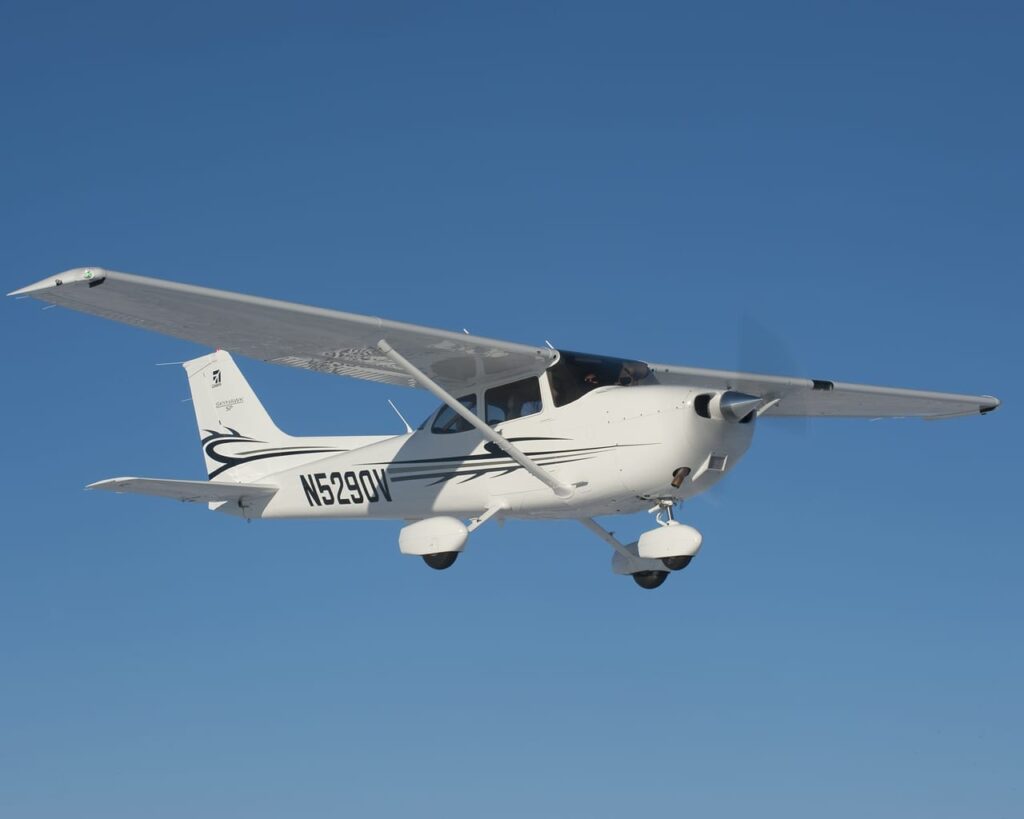
Why High Wings are Like That Supportive Friend
They’re Naturally Stable (Like Really, Really Stable) High wings have this magical thing called “pendulum effect.” The heavy fuselage hangs below the wing like a pendulum, making the aircraft naturally want to return to level flight. It’s like having training wheels that you can’t see – your plane literally doesn’t want to fall out of the sky.
Ground Visibility is Amazing Want to see that beautiful landscape below? High wings give you an unobstructed view downward. Perfect for those “wow, I’m actually flying” moments and essential for ground reference maneuvers. Your Instagram photos will thank you.
Fuel System is Gravity-Fed (Simple = Good) Most high wing trainers use gravity to feed fuel to the engine. No complicated fuel pumps, no worries about pump failures. Gravity has been working reliably for billions of years – why mess with a good thing?
Ground Handling is Easier The wing is up high, so you won’t smack your head on it during preflight. You can walk around the aircraft without doing the aviation limbo. Plus, you can actually see where you’re going while taxiing without wing tips blocking your view.
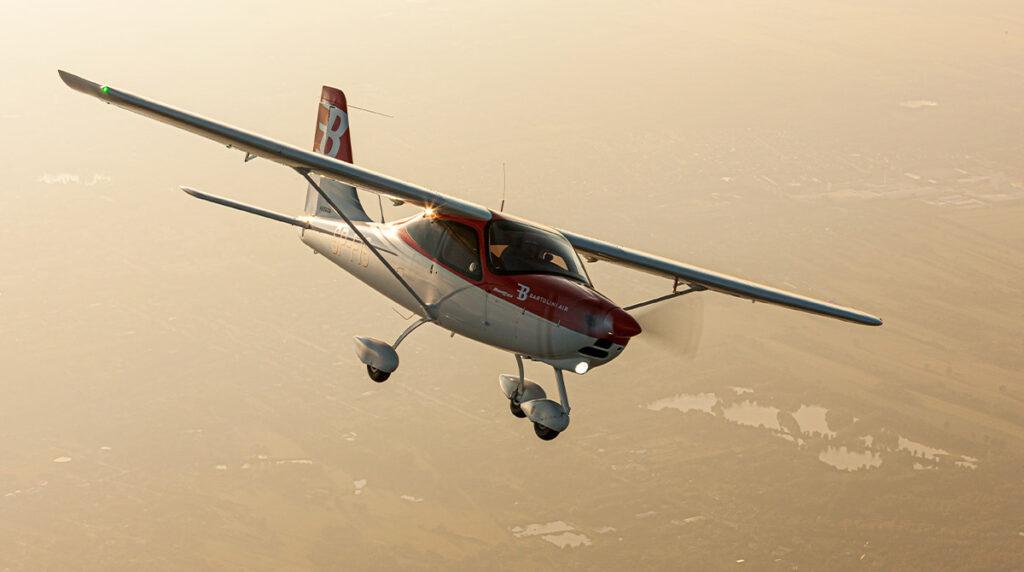
The High Wing “But Actually…” Moments
Crosswind Landings Can Get Spicy That pendulum stability works against you in crosswinds. The aircraft wants to weathercock into the wind, and once you touch down, it can feel like wrestling a shopping cart with a wonky wheel.
Limited Aerobatic Capability Want to do loops and rolls? High wings generally say “nope.” Most are certified only for normal category operations. Your dreams of being Tom Cruise in Top Gun might need to wait.
Looks Matter (Unfortunately) Let’s be honest – some people think high wings look like flying school buses. They’re not wrong, but hey, school buses are reliable!
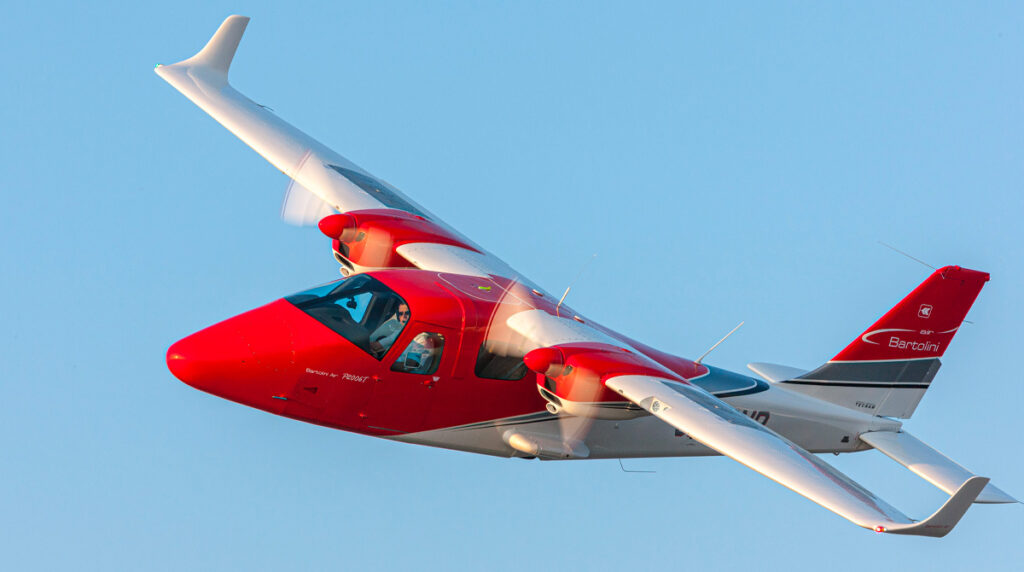
Low Wing Aircraft: The Sporty Speedsters
What Makes Them “Low Wing”?
Low wing aircraft have wings attached to the bottom of the fuselage. Think Piper Cherokee, Diamond DA40, or Cirrus SR20 – they look fast even when parked.
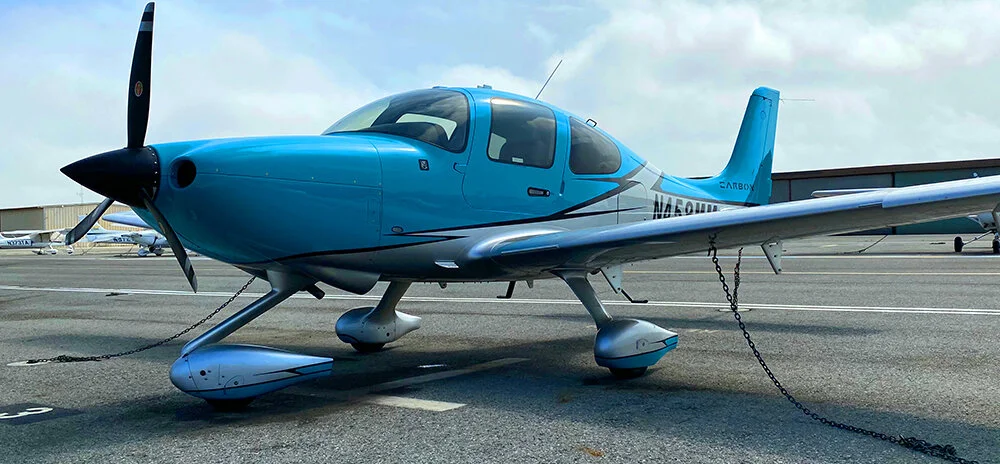
Why Low Wings are Like That Cool Sports Car
They Look Fast (And Actually Are Faster) Low wings just look more aerodynamic and sporty. There’s something about the sleek profile that screams “I’m here to go places quickly.” And they usually deliver on that promise with better cruise speeds.
Better Ground Effect During landing, low wings benefit more from ground effect – that cushion of air that forms between the wing and runway. It makes for smoother, more controlled touchdowns once you get the hang of it.
Excellent Visibility Above Want to spot other aircraft or check out those towering cumulus clouds? Low wings give you an unobstructed view upward. Perfect for avoiding weather and playing “spot the airliner.”
More Sophisticated Systems Low wing trainers often come with fuel pumps, retractable landing gear options, and more complex systems. Great preparation for your future airline career where everything has backup systems for the backup systems.
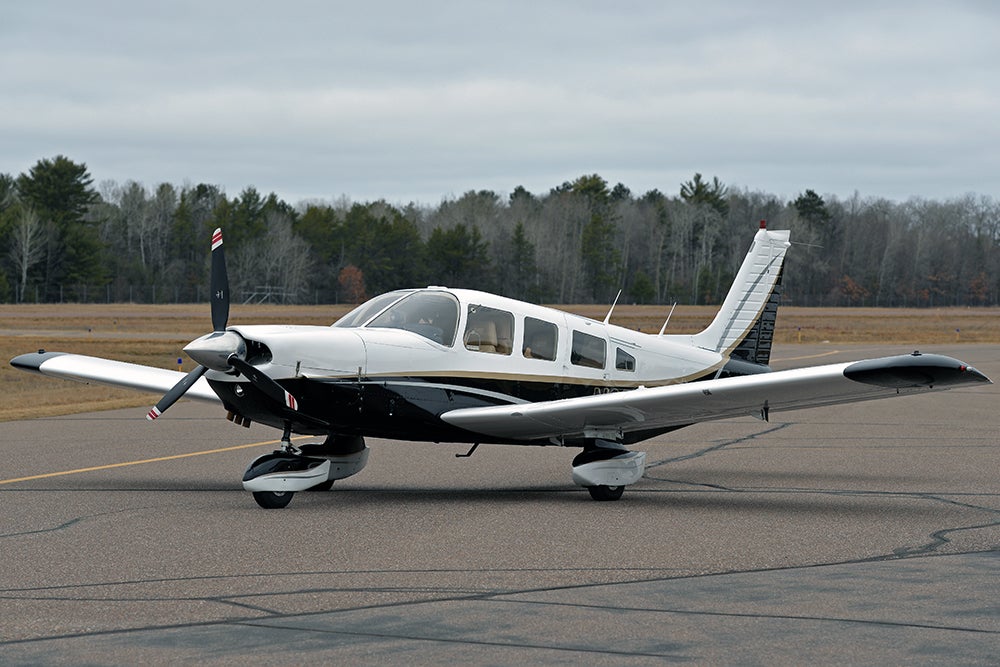
The Low Wing Reality Check
Fuel System Complexity Remember that simple gravity-fed fuel system in high wings? Forget it. Low wings need fuel pumps to push fuel upward to the engine. More systems = more things that can go wrong.
Pre-flight Gymnastics Required Want to check the fuel? Hope you’re tall enough to see into the wing tanks, or comfortable climbing on wings. Your instructor will teach you the “aviation crouch” for walking under the wing without becoming intimately acquainted with the wing tip.
Ground Handling Can Be Tricky Those wings are right at head-bonking level. Plus, during taxi, you can’t see much to either side because the wings block your view. Welcome to the world of “clearing turns” every few seconds.
Landing Characteristics Low wings don’t have that natural stability. They require more active pilot input to maintain controlled flight, especially during approaches and landings. Some call it “more challenging,” others call it “character building.”
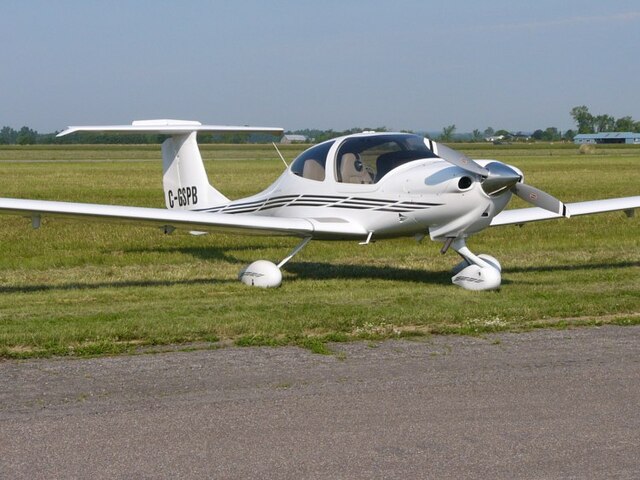
The Indian Flying School Reality
What You’ll Actually Find
Most Indian flying schools use high wing aircraft for primary training:
- Cessna 152/172: Still the most common trainers
- Tecnam P2006T: Modern twin-engine trainer (high wing)
- Diamond DA40: Some schools use this low wing option
- Piper Cherokee series: Less common but still found at some academies
Climate Considerations in India
Hot Weather Performance High wing aircraft generally perform better in hot weather because the wing shades the fuselage, keeping cabin temperatures slightly lower. In India’s scorching summers, every degree counts!
Monsoon Flying During monsoon season, that high wing stability becomes your best friend. When you’re bouncing around in turbulence, you’ll appreciate an aircraft that naturally wants to fly straight and level.
The Instructor’s Perspective
High Wing Instructors Say:
“Students learn faster because the aircraft is more forgiving. They can focus on learning to fly rather than fighting the airplane. Plus, I don’t have to worry about them hitting their head on the wing during preflight!”
Low Wing Instructors Say:
“Students who learn in low wing aircraft become better pilots because they have to be more precise from day one. The skills transfer better to complex aircraft later in their careers.”
The Truth?
Both are probably right. Good pilots can fly anything, but the path to becoming good might be different depending on your trainer choice.
So, Which Should You Choose?
Choose High Wing If You:
- Want a more relaxed, forgiving learning experience
- Plan to focus on recreational or general aviation flying
- Prefer simpler systems and procedures
- Want better visibility for sightseeing and ground reference work
- Are learning in hot climates (like most of India!)
Choose Low Wing If You:
- Want to develop precise flying skills from the beginning
- Plan to pursue commercial aviation career
- Don’t mind more complex systems early in training
- Want that “sporty” flying experience from day one
- Have access to quality low wing trainers at your school
The Plot Twist: It Doesn’t Really Matter
Here’s the secret that experienced pilots know but don’t always tell students: Both types will teach you to fly just fine.
The aircraft doesn’t make the pilot – practice, good instruction, and dedication do. Some of the world’s best pilots learned in beat-up old Cessna 150s, while others started in sleek modern low wings. What matters is:
- The quality of instruction you receive
- The maintenance of the aircraft you’re flying
- Your attitude toward learning
- Consistent practice and dedication
The Real Factors to Consider
Aircraft Availability
Choose the aircraft type that your school has the most of and maintains well. Nothing ruins training like constantly waiting for your preferred aircraft to come out of maintenance.
Instructor Quality
A great instructor in a high wing beats a mediocre instructor in a low wing every time. The human element trumps the hardware.
Your Budget
Some aircraft cost more to operate than others. If budget is tight, the more economical option might be your best choice regardless of wing position.
Long-term Goals
If you know you want to fly jets eventually, either type will prepare you adequately. If you dream of owning a Cessna 182 someday, starting in a Cessna 152 makes sense.
The Final Verdict
The great trainer debate will continue long after we’re all flying electric aircraft or teleporting to work. But here’s the truth: The best training aircraft is the one you can actually fly regularly with a good instructor.
Whether you learn in a high wing or low wing, you’ll develop the fundamental skills needed for safe flying. The differences are real but not career-defining. Focus on becoming a safe, competent, confident pilot – the wing position is just a detail in your aviation story.
Besides, if you stick with flying long enough, you’ll eventually fly both types anyway. Then you can join the great debate with actual experience and really strong opinions about which is better!
Pro Tips for New Students
- Try both if possible – Some schools have both types available for demo flights
- Ask about transition training – If you learn in one type, ask about converting to the other later
- Focus on the fundamentals – Good flying technique transfers between aircraft types
- Don’t overthink it – Choose based on practical factors like availability and cost
- Enjoy the journey – Whether high wing or low wing, you’re learning to fly – that’s pretty amazing!
Remember, at the end of the day, you’ll be proudly posting photos of yourself next to your trainer aircraft, and no one on social media will care if the wing is on top or bottom. They’ll just be impressed that you learned to fly!
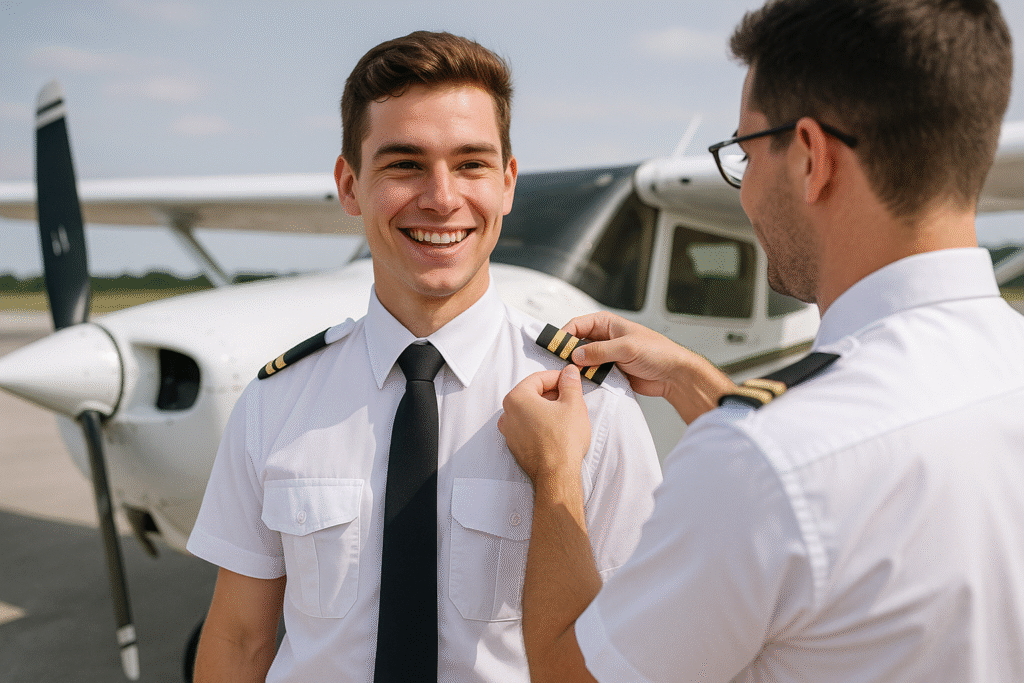
Now stop debating and go book that next lesson – in whatever aircraft your school has available!